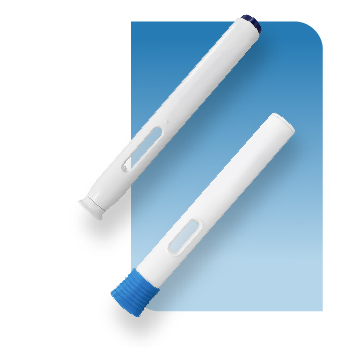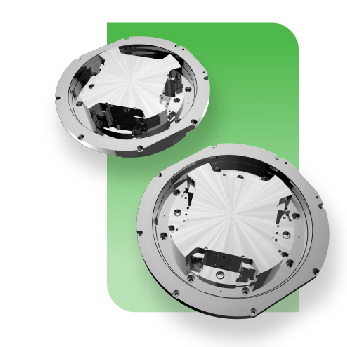Featured Interview on Industrial Design of Autoinjectors

The necessity for autoinjector has been growing rapidly over the years, spurring a variety of innovative designs to meet patient needs and to differentiate amongst the industry.
When designing an autoinjector, SHL’s industrial design team ensure that the designs focus on being simplistic and minimalist without sacrificing user-convenience and safety. A user-centric design process led to the development of various autoinjectors such as the Amber® autoinjector. OnDrugDelivery’s May 2015 issue recently featured an article on SHL’s “User-centric Approach to the Design & Development of Auto Injectors,” an interview article with Jochten Ratjen, Director of Industrial Design at SHL, who shares his team’s methods of approach to designing auto-injectors with a human touch.
The questions address some key concepts such as industrial design considerations, the importance of HFE (Human Factors Engineering), balancing customer URS (User Requirement Specifications), and Mr Ratjen’s idea of an ideal user-centric design, source of innovation, upcoming autoinjector trends, and more.
Below is an example snippet from the interview. The full article can be downloaded Here , or found online at OnDrugDelivery.
Q: What impact does designing for manufacturability (DFM) have on a device such as an autoinjector?
A: DFM was in fact one of the main reasons SHL took the strategic decision to establish an in-house design department 14 years ago. This enabled close collaboration and instant communication between industrial design engineers, production teams, and project managers. The result is a faster track towards a finalised product for mass production. Today, one of the valuable products SHL offers is the in-house availability of…




